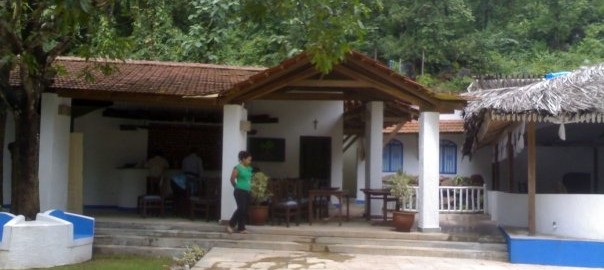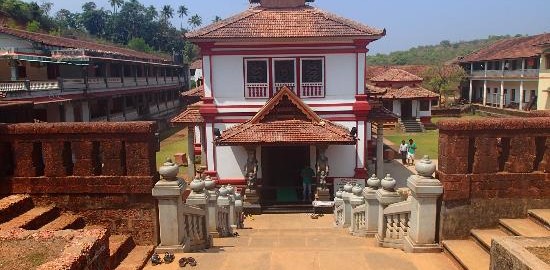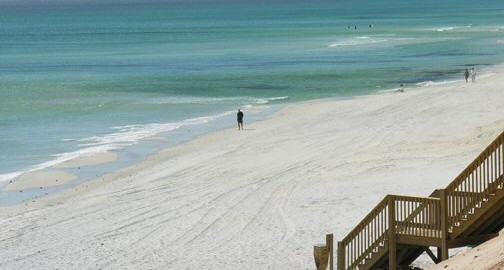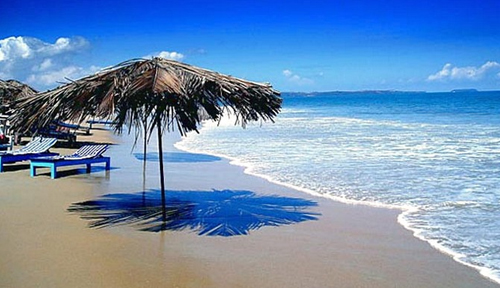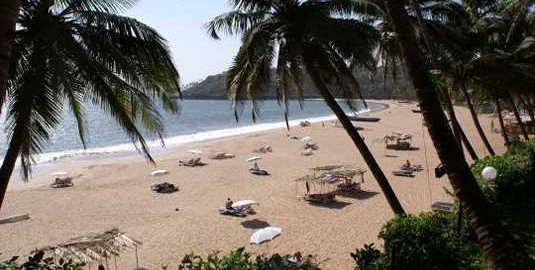This Colva Beach is the most important beach in the south course equipped with all modern facilities like air-conditioned resort complexes, tourist cottages, discos, seashell artifact stalls, refreshment stalls, eateries, guest houses, expanding the village extremely.
The Church of Our Lady Of Mercy in Colva is famous for its miracle statue of Menino Jesus. The road leading from the Church to the beach is where all the facilities are located.
Colva is a small village in south Goa on the shores of the Arabian Sea. With 20 km of virgin white sands, palm fringed, and sun drenched beaches, Colva is the most loved beach of Goans. Colva, unlike Anjuna or Calangute, gained popularity only lately. It was little disturbed and life moved on quietly.
While taking a stroll on the Colva Beach, silver carpets of bangdde (mackerels) can be viewed shimmering on the golden sands for drying. Fishermen’s motor trawlers can be seen anchored in a line offshore. Many tourists can be seen having a sunbath on the golden sands.
The trinket stalls and the drink stands on the golden sands under the moonlight make the evening on the Colva Beach entirely romantic.
Old Goa is a historical city in North Goa. The city was constructed by the Bijapur Sultanate in the 15th century, and served as capital of Portuguese India from the 16th century until its abandonment in the 18th century due to a plague.
The name Old Goa was first used in the 1960s in the address of the Konkani monthly magazine, dedicated to spread the devotion of the Sacred Heart, Dor Mhoineachi Rotti which was moved to the Basilica of Bom Jesus in 1964.
Churches of Old Goa
Old Goa contains churches allied to various congregations, including the Se Cathedral, the Church of St. Francis of Assisi, the Church of S. Caetano, and notably, the Basilica of Bom Jesus which contains the ruins of Saint Francis Xavier, which is celebrated every year.



